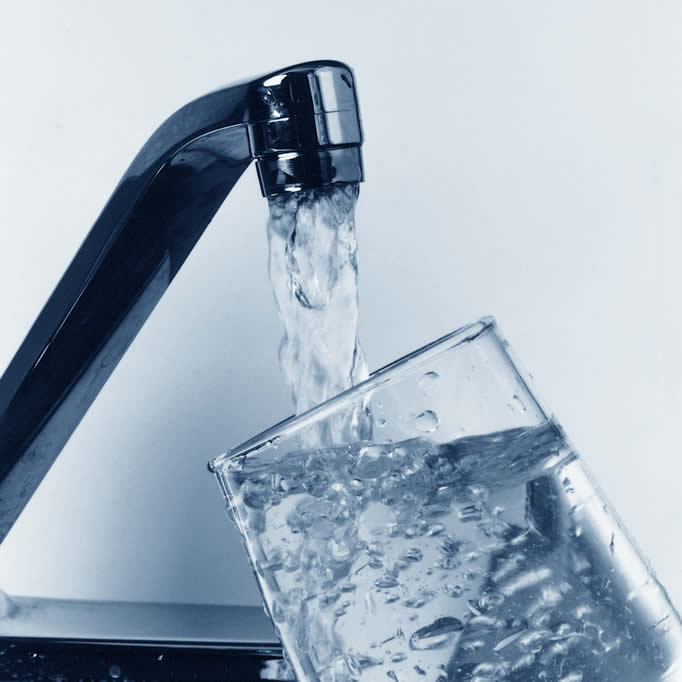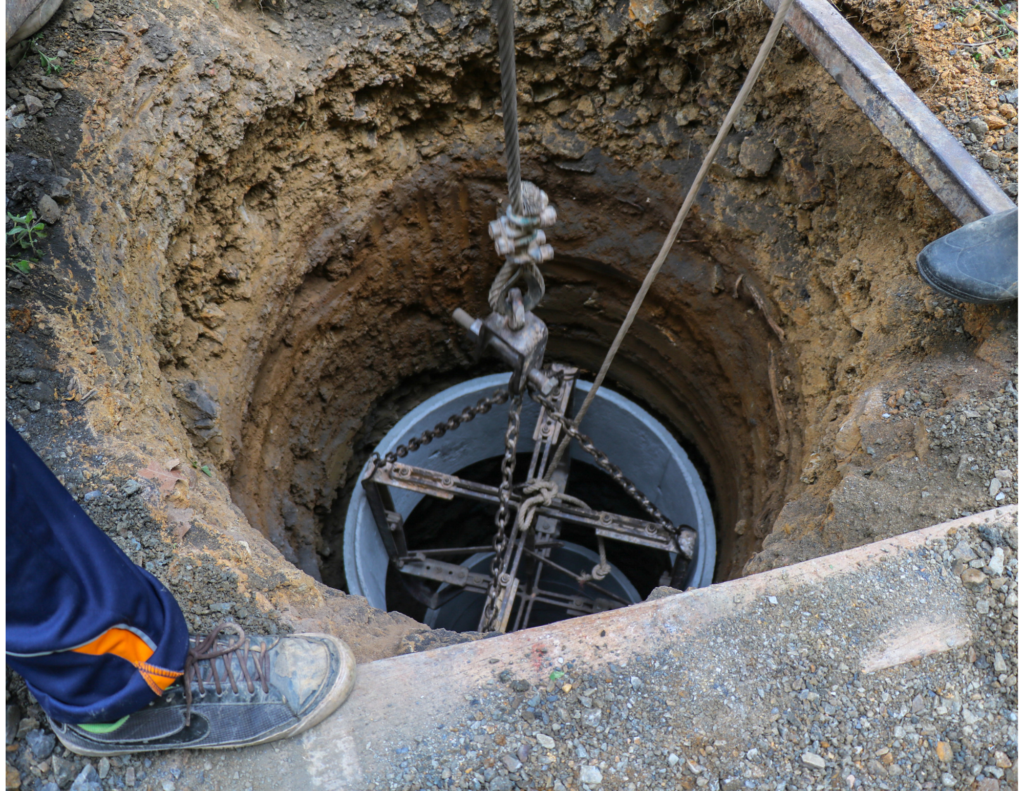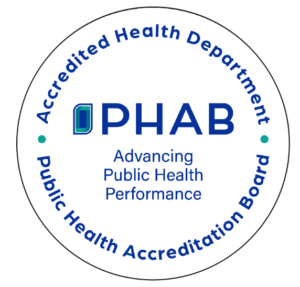Lake County General Health District’s goal in the Private Water System (PWS) program is to ensure that residents utilizing a private water system have safe (potable) drinking water. The Board of Health is responsible to enforce the Ohio Administrative Code Chapter 3701-28 that governs the construction, inspection, installation, development, maintenance, and sealing (abandonment) of private water systems. Private water systems service homes and certain non-residential supplies and can consist of a well, cistern, spring, pond, hauled water tanks, or a combination of such supplies. Water supplies require routine maintenance and should be sampled at least once a year and analyzed for total coliform bacteria. Health Districts use the permit forms found at Ohio Department of Health – Permit Forms for Private Water Systems to administer the private water systems program. You can find information on your well at Water Well Log Search by County, Township and Road, or Log Number. For helpful contacts and a list of certified water testing labs for private water systems, visit Ohio Department of Health for lists of Ohio Registered PWS Contractors, Out of State Registered PWS Contractors, Water Haulers, and Certified Laboratories. If you have questions that are not answered by the content found above or in the tabs below, please contact the Health District at (440) 350-2543.
- PWS (Private Water System) Water Test Application
- Private Water System Program Power Point for Homeowners & Realtors
Bacteriological Water Contaminants

Coliform Bacteria
Total coliform bacteria are a collection of microorganisms that are not normally harmful to healthy individuals. However, total coliform bacteria are “indicator” organisms whose presence, at certain levels, indicates the potential presence of other disease causing organisms. Although total coliform bacteria can be found in the intestines of humans and certain animals, it is also present in soils and plants.
E. coli
Escherichia coli (E. coli) bacteria are found in the intestines of humans and animals. Therefore, the presence of E. coli indicates fecal contamination of the water. Water with fecal contamination should not be consumed until the water supply has been properly disinfected and a re-sample result is zero for E. coli. The Ohio Department of Health – Water Quality site provides links to more information on both total coliform and E. coli. It is important to note that the presence or absence of total coliform or E. coli does not indicate the chemical quality of the water. There are other minerals and elements that also effect water quality.
When to Disinfect
The Maximum Contaminant Level (standard) for a Private Water System (PWS) without continuous disinfection is four (4) or less total coliform and zero E. coli organisms per 100 mL of water. Coliform and/or E. coli levels above that require continuous disinfection. There are also certain types of systems that always require continuous disinfection and protozoan cyst reduction. Those systems include rainwater cisterns, springs, ponds, and some shallow wells. For more information on continuous disinfection, such as chlorine, ultraviolet (UV) light, iodine, and ozone, visit Ohio Department of Health – Continuous Disinfection. Due to ever-changing environmental circumstances and the possibility of bacteriological contaminants listed above, private well owners should have their water tested annually. Visit Ohio Department of Health for lists of Ohio Registered PWS Contractors, Out of State Registered PWS Contractors, Water Haulers, and Certified Laboratories for lab and testing information.
Groundwater & Groundwater Contaminants

From Groundwater to Drinking Water
Clean water is one of the world’s most precious resources. People use water every day for a variety of purposes, such as drinking, bathing, recreation, agriculture, cooling, industry, and medical uses. Although water plays an essential role in every person’s life, many individuals are not aware that much of their water comes from the ground.
Groundwater in Lake County
The amount of groundwater that can be utilized for drinking water, or well water, depends on the local geology of the area. Other factors that affect the amount of water a well can produce include the amount of recharge to the aquifer, the design of the well, and to a lesser extent, the proximity of neighboring wells. According to the National Water Well Association, a low yield well is one that cannot maintain a discharge rate of five gallons per minute (GPM) for extended periods of time. Lake County is a poor county for groundwater production. Much of the county is underlain with shale bedrock. A shale bedrock aquifer is very dense and generally produces small quantities of water. This water is typically highly mineralized, containing significant concentrations of calcium, magnesium, manganese, iron, and oftentimes sulfates. Water treatment devices are usually necessary to remove these minerals.
Water Treatment Devices
These devices usually require water for maintenance of the equipment. The quantity of water required depends on the type of equipment, the severity of the water problem, and the quantity of water used daily. A conventional water softener requires 100 to 300 gallons of water during regeneration. It is very important to include the amount of water needed for water treatment maintenance when considering water storage needs. It is important to note that a water well usually produces less water over time and use. When designing storage capacity, it is important to consider the yield of the well over time. If installation of a water treatment system is necessary, please remember that installation falls under plumbing rules and regulations. For more information about plumbing, visit Plumbing.
Ground Water Contaminants
There are a variety of contaminants that can diminish the quality of well water. Please visit the links below to learn more about each of them and treatment technologies that are available. Visit U.S. Environmental Protection Agency (EPA) – Protect Your Home’s Water and scroll up the page to find “Identifying reasons to test your water”. A chart is provided that describes the substance that may be present and the implications they can have on water taste, odor, or your health conditions. Do you have a rotten egg smell in your water? Visit Ohio State University – Hydrogen Sulfide (H2S) in Drinking Water. For nitrates and nitrites in well water, visit Ohio Department of Health – Nitrates & Nitrites. The Private Well Owner Learning Center can be found at the National Groundwater Association (NGWA) website by visiting NGWA- Wellowner.org. The site offers online lessons that cover a variety of well water-related topics.
Helpful Links & Resources
PWS Sample Troubleshooting Guide
U.S. Environmental Protection Agency (EPA) – Private Drinking Water Wells
Centers for Disease Control and Prevention (CDC) – Private Ground Water Wells
National Groundwater Association (NGWA) – Groundwater Week
Water Sample Result Interpretation Tool
Well Log Search Tool
Ohio Department of Health Well Water Page
Free Online Private Well Course



